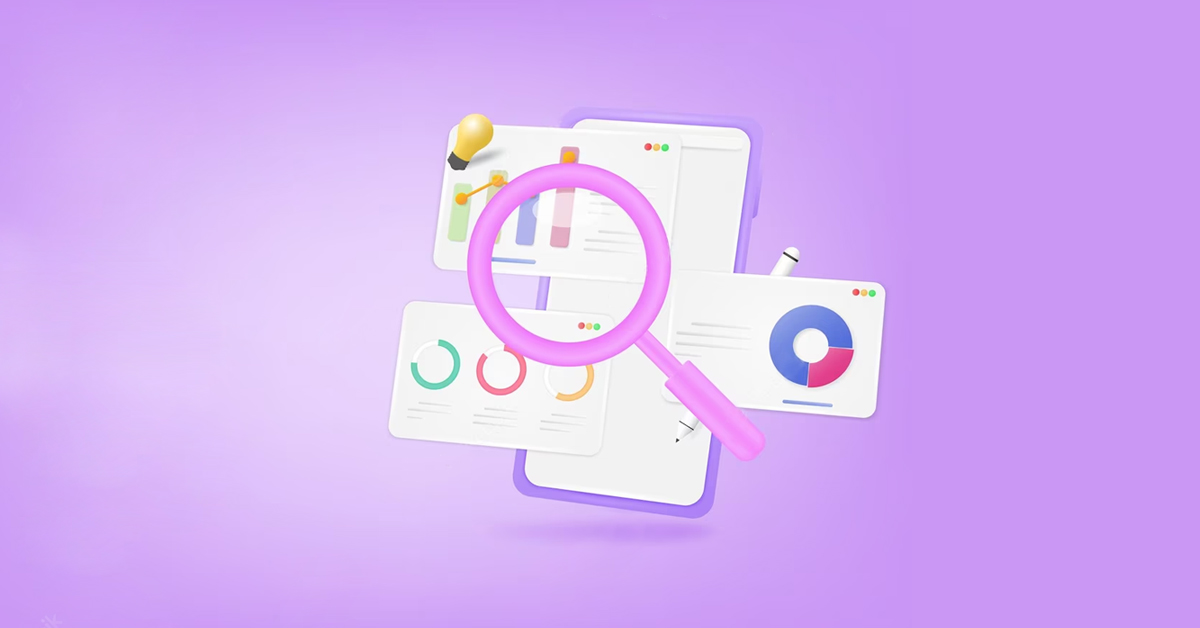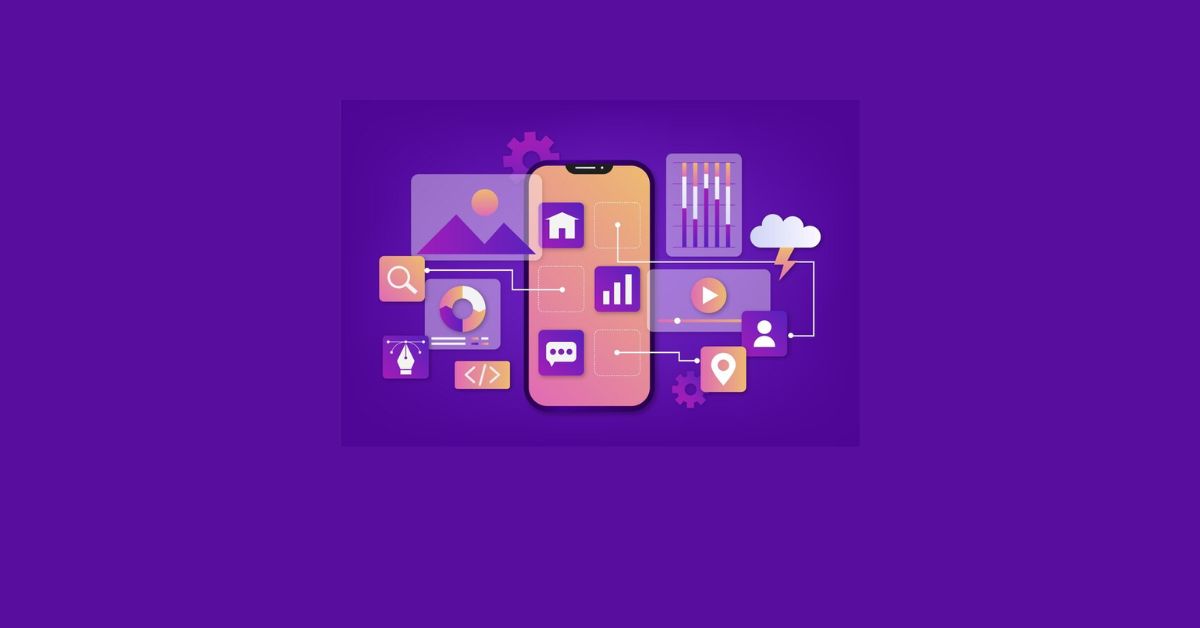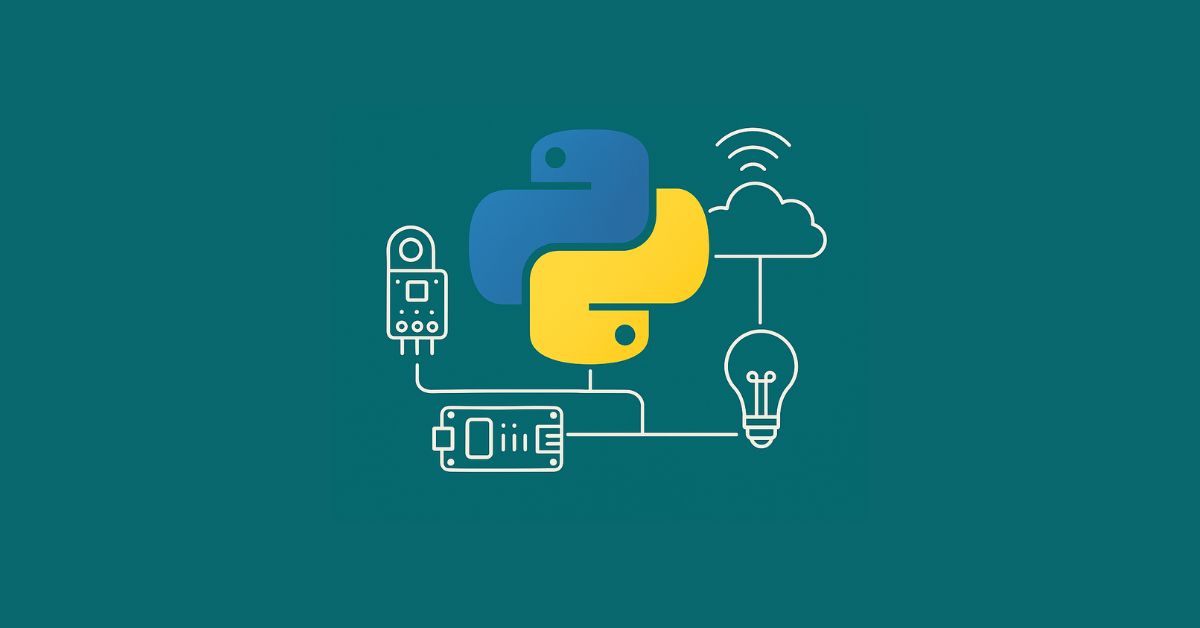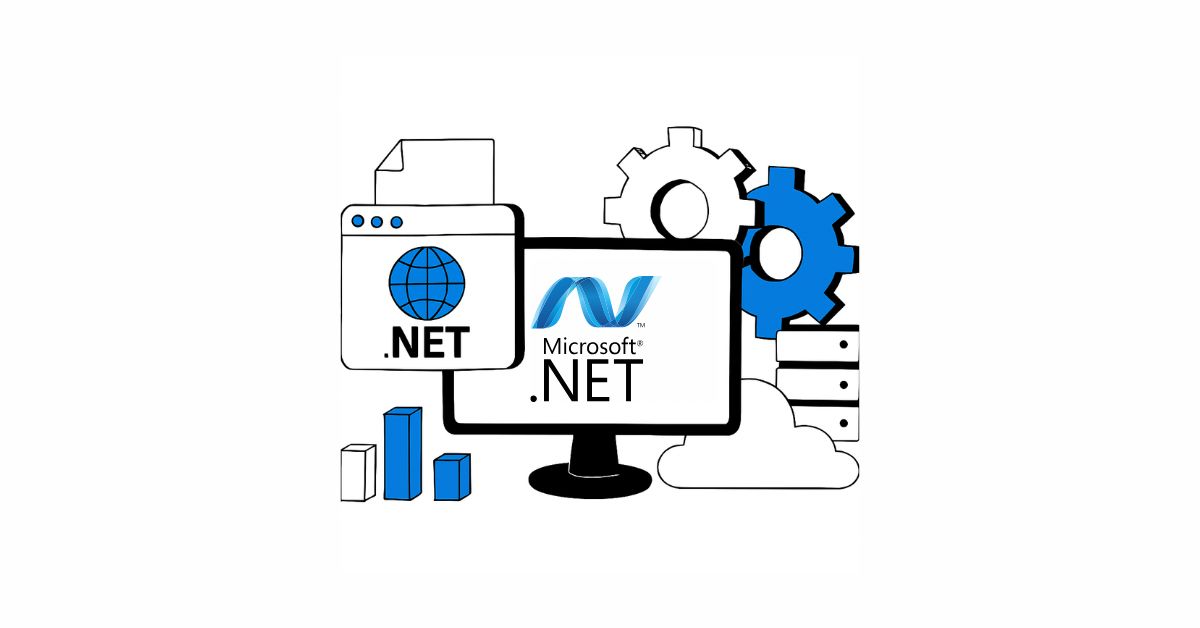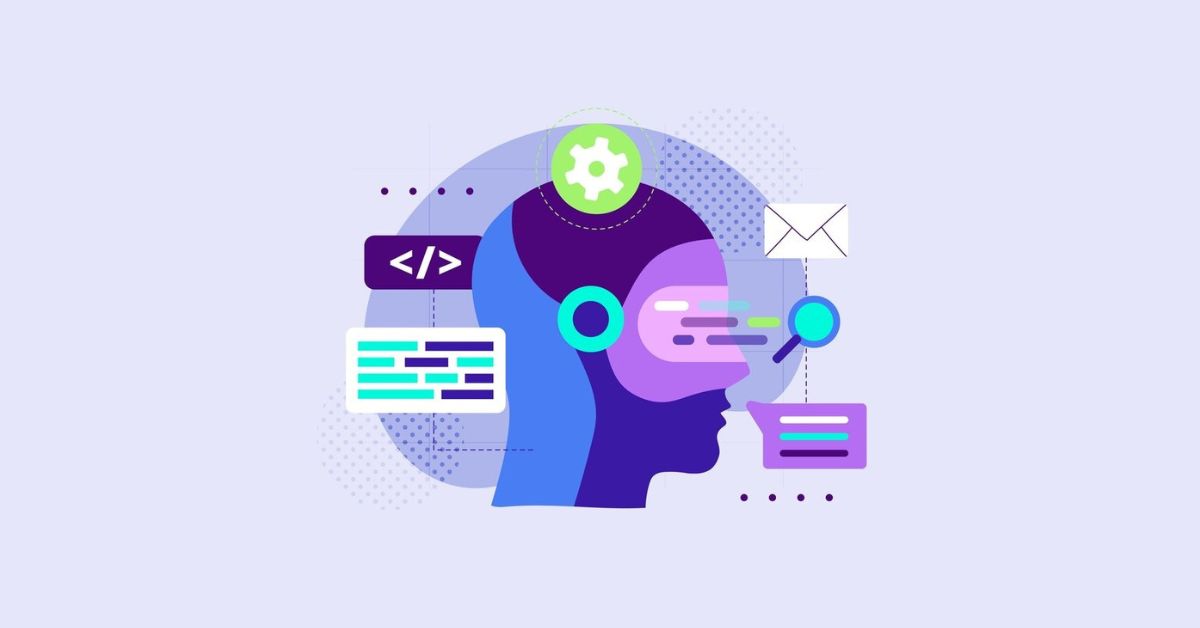Data Analytics Definition
Data analytics refers to the process of examining and interpreting large and complex data sets to uncover patterns, relationships, and insights that can be used to inform business decisions. It involves using mathematical, statistical, and computational techniques to analyze data from various sources, such as structured databases, unstructured text, or streaming data from sensors or devices.
The Use Of Data Analytics
Data analytics is the process of analyzing and interpreting data to gain insights and knowledge from it. It involves the use of statistical and computational methods to discover patterns, relationships, and trends within data. The use of data analytics can help organizations make informed decisions by providing them with valuable insights into their business operations and customer behaviour.
There are several uses of data analytics, including:
1. Improving business operations: Data analytics can help organisations identify areas of improvement in their business processes and operations, such as production, inventory management, and supply chain logistics.
2. Understanding customer behaviour: By analyzing customer data, organizations can gain insights into customer preferences, behaviour, and demographics, which can help them develop targeted marketing campaigns and improve customer engagement.
3. Enhancing product development: Data analytics can provide insights into product usage patterns and customer feedback, helping organizations improve product design and development.
4. Fraud detection: Data analytics can be used to identify and prevent fraudulent activities, such as credit card fraud, insurance fraud, and identity theft.
5. Cost reduction: By analyzing data on resource utilization and waste, organizations can identify areas of cost savings and optimize their operations.
Overall, data analytics is a powerful tool that can help organizations gain valuable insights and make informed decisions, leading to improved business outcomes and increased competitiveness.
The Future Of Data Analytics
The field of data analytics has come a long way since its inception. Initially, data analytics was limited to simple statistical analysis, but with the advent of big data and advanced analytics techniques, it has evolved into a sophisticated discipline that encompasses a wide range of tools and methodologies. Looking to the future, the scope for data analytics is set to expand even further, with emerging technologies such as AI, machine learning, and natural language processing set to transform the field. However, as data analytics becomes increasingly sophisticated, new challenges are likely to arise. For example, data privacy and security concerns are becoming more pressing, and there is a growing need for ethical guidelines to govern the use of data analytics.
Applications Of Data Analytics
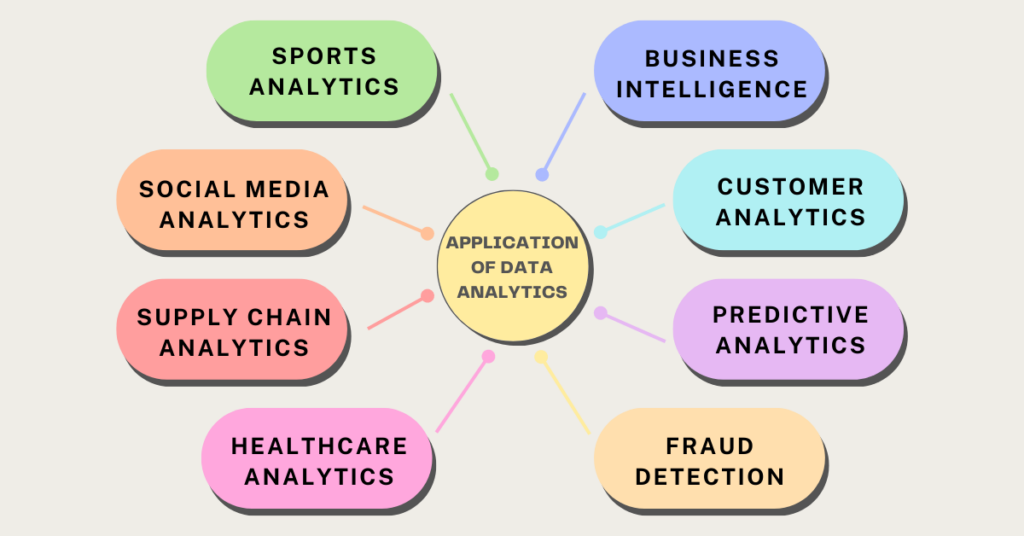
Data analytics has a wide range of applications across different industries and domains. Here are some common applications of data analytics:
1. Business intelligence: Data analytics is an important tool for businesses to gain insights into their operations and make informed decisions. It helps organizations analyze data from various sources and extract useful information that can be used to improve the performance of their business. Business intelligence analytics is the process of using data analysis techniques to uncover patterns, trends, and correlations in data that can be used to make better business decisions.
2. Customer analytics: Data analytics for customers is the process of analyzing customer data to gain insights about customer behaviour and preferences. It helps businesses better understand their customers, identify areas of improvement, and develop strategies for growth. By leveraging data analytics, companies can gain a better understanding of their customer’s needs, wants, and expectations.
3. Predictive analytics: Predictive analytics is an emerging field of data analysis that uses past and current data to predict future outcomes. It can be used to identify trends, patterns, and correlations in large datasets. By leveraging predictive analytics, businesses can gain insights into the future performance of their products or services.
4. Fraud detection: Data analytics has become an essential tool for fraud detection. By analyzing large datasets, businesses can identify suspicious activities and detect potential frauds before they cause serious damage. With data analytics, companies can spot patterns that indicate fraudulent activities and take preventive measures to prevent them from occurring in the future.
5. Healthcare analytics: Data analytics is becoming an increasingly important tool in the healthcare industry. By leveraging data, healthcare providers can gain insights into patient behaviour, medical trends, and medical outcomes. This knowledge can be used to improve patient care and increase efficiency in the delivery of healthcare services. Healthcare analytics can also be used to identify potential problems before they become serious and to detect fraud or abuse in the system. With data analytics, healthcare providers are able to make informed decisions that will ultimately lead to better patient outcomes.
6. Supply chain analytics: The use of data analytics in the supply chain industry is becoming increasingly important as businesses strive to remain competitive in a rapidly changing market landscape. With the right tools at their disposal, companies can gain a better understanding of their customer’s needs and make better decisions that will benefit them in the long run.
7. Social media analytics: Social media data analytics is becoming increasingly important in the modern world. It helps companies gain insights into their customer base, target audience, and overall performance across different platforms. With data analytics, businesses can better understand what content works best for them and how to optimize their social media campaigns for maximum engagement.
8. Sports analytics: Sports analytics is the use of data analysis techniques to improve sports performance. It involves collecting data from various sources such as player tracking systems, video analysis and more. This data is then analyzed to uncover trends and insights that can be used to optimize team strategies and player performance. Sports analytics also helps coaches make informed decisions about team selections, training plans and more.
Overall, data analytics has applications in almost every industry and domain, helping organizations make data-driven decisions, improve performance, and gain a competitive edge.
Data Analytics Company: How to Choose the Right Partner
As data analytics becomes more important for businesses, there is a growing demand for data analytics services and solutions. Choosing the right data analytics company can be a daunting task, as there are numerous providers in the market. When selecting a data analytics partner, it is important to consider factors such as expertise, experience, and reputation.
Unlock the full potential of your data with our comprehensive data analytics services and solutions
The Data Analytics Lifecycle: Understanding the Process
Data analytics is a complex process that involves several stages, from data collection to reporting and decision-making. Understanding the data analytics lifecycle is crucial for ensuring the success of any data analytics project. The lifecycle typically includes stages such as data collection, data preparation, data analysis, data visualization and reporting and decision-making.
The data analytics process typically involves several stages, including:
1. Data collection: Data analytics begins with collecting and compiling data from various sources. This data can be in structured or unstructured formats and can come from various sources such as customer surveys, social media, or transactional databases.
2. Data cleaning and preparation: The data collected needs to be cleaned, organized, and prepared for analysis. This involves removing duplicates, errors, and inconsistencies and converting the data into a format that can be used for analysis.
3. Data analysis: This stage involves using statistical and computational techniques to extract insights from the data. The data is analyzed to identify patterns, trends, and correlations that can be used to answer business questions and make informed decisions.
4. Data visualization: The insights gained from the analysis need to be presented in a clear and concise way that is easy to understand. This is done through data visualization techniques such as charts, graphs, and dashboards.
5. Reporting and decision making: The final stage of data analytics involves reporting the insights gained from the analysis to stakeholders and decision-makers. This information is used to inform business decisions and improve performance.
6. Communicate Results: The final step in the data analytics lifecycle is to communicate the results to stakeholders. This may involve creating reports or visualizations that help to convey the insights in a clear and actionable way.
Conclusion:
Data analytics has become an indispensable tool for businesses across industries, and its importance is only set to grow in the future. With emerging technologies such as AI and machine learning, the scope for data analytics is expanding rapidly, offering new opportunities for businesses to derive value from their data. However, as data analytics becomes more sophisticated, new challenges are also likely to arise. By understanding the applications, benefits, and challenges of data analytics, businesses can position themselves for success in the data-driven economy of the future.

